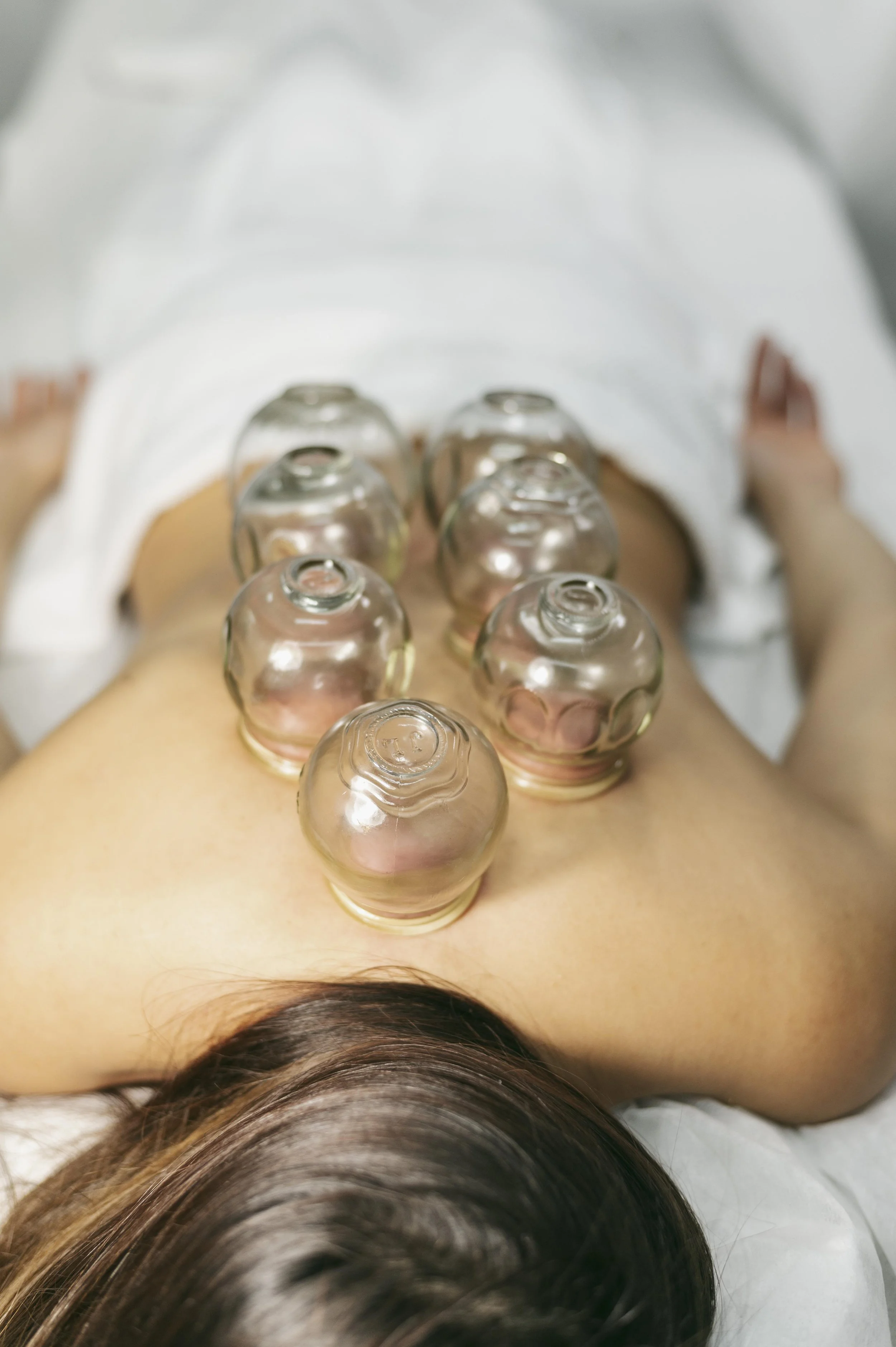Chronic Migraine and the Hormonal Connection
Fluctuations of estrogen contribute largely to the sexual disparity of migraine sufferers worldwide. It is estimated that women are three times more likely to experience migraine than men. The conventional method of treatment for hormonal migraine consists of non-steroidal anti-inflammatories and exogenous hormone therapy in the form of oral birth control. Current research suggests that micronutrient deficiencies may be at the heart of migraine pathophysiology. This article analyzes several studies that focus on nutritional supplementation as prophylaxis for hormonal migraine. It also looks at the treatment of migraine through the lens of Traditional East Asian Medicine (TEAM) and offers additional suggestions with regard to treating hormonal imbalances that contribute to the disproportionate number of female migraine sufferers.
Chronic migraine is a common pain complaint that disproportionately affects women of childbearing age (Burch, Rizzoli and Loder, 2018). The Migraine Research Foundation estimates that of the 39 million Americans that report migraine symptoms, 28 million of those sufferers are female. Although the relationship of sex hormones and migraine has been well-documented, the exact pathophysiology of this relationship has not been fully understood. Recent fMRI studies of the brain support the existence of functional as well as anatomical differences between the male and female brain (Chai, Peterlin and Calhoun, 2014). This is important because estrogens, estradiol being the most prominent, have a complex effect on pain perception “producing both pro- and antinociceptive effects” depending on which system they are acting upon (Craft, 2007). Hormonal migraine symptoms occur with fluctuations of estrogen associated with menstruation; while the sustained increase of estrogen observed in pregnancy, or the menopausal diminishment of the hormone, are seen as migrating factors. Conventional treatment methods for this condition typically consist of NSAIDs, triptans and oral contraceptives (Ashkenazi and Silberstein, 2006).
Hormonally associated migraines present with throbbing head pain, sometimes accompanied by visual disturbances known as auras. There may also be nausea, vomiting and sensitivity to light and sound. According to Traditional East Asian Medicine, hormonal regulation is dependent upon the free flow of “Liver qi” in coordination with the quality and richness of the blood. These two vital substances are inextricably linked and essential to the homeostatic balance within the female human body. Menstruation relies upon the complex relationship illustrated in the axiom “blood engenders the qi and the qi commands the blood”. Hormonal migraine pain occurs when there is a relative imbalance of qi and blood resulting in a phenomena known as Liver Yang Rising. In biomedical terms Liver yang rising is best understood as a sudden dilation of blood vessels in and around the head, similar to migraine which is defined as “an increase in intracranial pressure, and presents itself in association with nausea, vomiting, and abnormal sensitivity to light, noise, and smell” (Burstein, Noseda and Borsook, 2015). The TEAM approach to treating this condition begins with harmonizing the qi and blood in order to quell the the rising action of liver yang in an effort to halt the forward progression of migraine symptoms.
Many migraine sufferers have turned to complementary medicine to treat their pain complaints because conventional methods have become less effective over time. Several recent studies have investigated the use of natural or alternative substances in migraine prophylaxis. Several research studies have suggested that nutritional deficiencies may be responsible for migraine pathogenesis, and evidence suggests that 50% of patients have lowered levels of ionized magnesium at the time of migraine attack (Mauskop and Altura, 1998). Animal studies also have shown glutamate, an amino acid integral to pain transmission and central sensitization, elevated in the brain and peripheral circulation of migraine patients particularly at the time of attack (Hoffman and Charles, 2018). Magnesium coincidently, targets glutamate receptors which could help explain its effect in the prevention of migraine. A 2015 randomized control trial looked at additional micronutrient supplementation in the preventative treatment of migraine. This study used a proprietary supplement blend of 600 mg magnesium, 400 mg riboflavin and 150 mg coenzyme Q10 as a prophylactic for migraine and found the intensity of migraine pain was significantly reduced in the supplement group as compared to the placebo (p= .0003) (Gaul et al., 2015). This study suggests that while magnesium is helpful in migraine prevention, it may be better utilized alongside assistant nutraceuticals to enhance its pharmacologic profile and improve its therapeutic capabilities.
Nutritional supplementation is a primary treatment strategy of TEAM, and many herbal substances found in the Chinese Materia Medica such as Bo He, Sheng Jiang and Yu Jin are found to be rich in magnesium which may aid in the prophylaxis of migraine pain. As well, dietary changes may help improve the overall health of patients who suffer from migraines. The traditional Asian diet is rich in phytoestrogens which may help mitigate the hormonal fluctuations indicative of higher prevalence and intensity of migraine pain as stated earlier in this paper. My focus in treating women with migraine symptoms centers on diet and digestion. I am always sure to explain how the ingestion of dairy could potentially worsen hormonal imbalances that contribute to migraine frequency and severity. Exercise is another crucial component in the treatment of migraine as it improves the free flow of qi in the body. However the most comprehensive approach would include acupuncture therapy to reduce pain and balance hormones. This treatment strategy should also include structural assessment to rule out musculoskeletal involvement. I would also recommend methods of stress release such as mindfulness meditation and Cognitive Behavioral Therapy which can help patients better manage their chronic pain complaints. My belief is that most pain complaints are best treated in a multi-disciplinary fashion. I have had some success in treating patients as part of an integrated pain clinic and many of my patients are currently being treated with magnesium oxide supplementation as well as acupuncture and massage therapy. But overall, I have observed that migraine patients who receive the most benefit from integrative pain therapy are the ones who consciously treat their mind and bodies concurrently.
References
Ashkenazi, A., & Silberstein, S. D. (2006). Hormone-related headache: pathophysiology and treatment. CNS drugs, 20(2), 125–141.
Burch R, Rizzoli P, Loder E. The Prevalence and Impact of Migraine and Severe Headache in the United States: Figures and Trends From Government Health Studies. Headache. 2018 Apr;58(4):496-505. doi: 10.1111/head.13281. Epub 2018 Mar 12. PMID: 29527677.
Burstein, R., Noseda, R., & Borsook, D. (2015). Migraine: multiple processes, complex pathophysiology. The Journal of neuroscience : the official journal of the Society for Neuroscience, 35 (17), 6619-6629. https://doi.org/10.1532/JNEUROSCI.0373-15.2015
Chai NC, Peterlin BL, Calhoun AH. Migraine and estrogen. Curr Opin Neurol. 2014;27(3):315-324. doi:10.1097/WCO.0000000000000091
Gaul, C., Diener, H. C., Danesch, U., & Migravent® Study Group (2015). Improvement of migraine symptoms with a proprietary supplement containing riboflavin, magnesium and Q10: a randomized, placebo-controlled, double-blind, multicenter trial. The journal of headache and pain, 16, 516.
Hoffman, J., Charles, A. Glutamate and Its Receptors as Therapeutic Targets for Migraine.Neurotherapeutics. Neurotherapeutics 15, 361–370 (2018). https://doi.org/10.1007/s13311-018-0616-5https://link.springer.com/article/10.1007/s13311-018-0616-5#citeas.
Mauskop, A., & Altura, B. M. (1998). Role of magnesium in the pathogenesis and treatment of migraine. Clinical neuroscience (New York, N.Y.), 5(1), 24–27.





